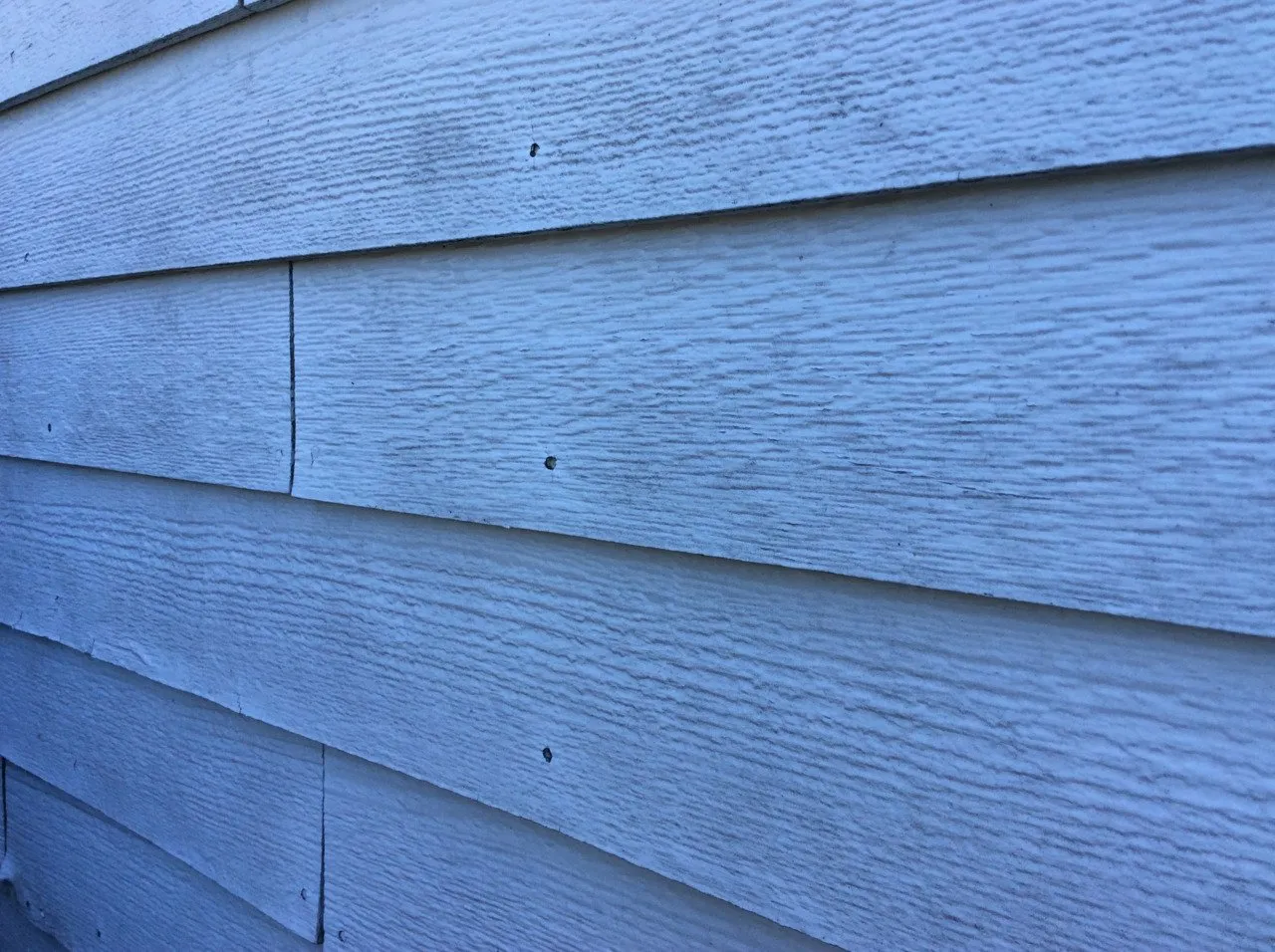

Articles
What Is Masonite Siding Made Of
Modified: October 20, 2024
Discover what Masonite siding is made of in this informative article. Learn about its composition, benefits, and how it compares to other siding materials.
(Many of the links in this article redirect to a specific reviewed product. Your purchase of these products through affiliate links helps to generate commission for Storables.com, at no extra cost. Learn more)
Introduction
Masonite siding is a popular choice for homeowners looking for a durable and cost-effective siding option. With its attractive appearance and ability to withstand various weather conditions, it has become a staple in the construction industry. But what exactly is Masonite siding made of? In this article, we will delve into the composition, manufacturing process, advantages, and disadvantages of Masonite siding, as well as its common uses and maintenance requirements.
Originally developed in the early 1920s by William H. Mason, Masonite siding quickly gained popularity as an affordable alternative to traditional wood siding. It is made from a unique combination of wood fibers, wax, and resin, resulting in a durable and weather-resistant material. The composition of Masonite siding makes it an excellent choice for exterior cladding, providing protection against moisture, rot, and pests.
Manufacturers produce Masonite siding through a process called steam pressing. Wood fibers are combined with resin and wax to create a thick, malleable mixture. This mixture is then heated and compressed under high pressure to form flat panels. The resulting panels can be easily cut and shaped to fit any architectural design.
One of the main advantages of Masonite siding is its durability. Due to the combination of resin and wax, it is resistant to warping, cracking, and rotting, making it an ideal choice for areas with high humidity or extreme weather conditions. Additionally, Masonite siding requires minimal maintenance compared to other siding materials, such as wood or vinyl. Regular cleaning with mild soap and water is usually sufficient to keep it looking its best.
While Masonite siding offers several benefits, it is not without its drawbacks. The main disadvantage of Masonite siding is its vulnerability to water damage. If not properly installed or maintained, water can seep into the panels, causing swelling, rot, and mold growth. Regular inspections and prompt repairs are essential to prevent water infiltration and extend the lifespan of Masonite siding.
Masonite siding is commonly used for residential and commercial buildings. Its versatility allows it to be installed vertically or horizontally, and it can be painted or stained to match any design preference. From single-family homes to office buildings, Masonite siding provides a cost-effective and visually appealing solution for exterior finishes.
In terms of environmental impact, Masonite siding is considered a sustainable option. It is made from wood fibers, a renewable resource, and the manufacturing process minimizes waste generation. However, the use of resins and chemicals in the production of Masonite siding raises concerns about its long-term sustainability. As with any building material, it is important to consider the environmental impact and choose products that are eco-friendly.
Overall, Masonite siding offers a durable and cost-effective solution for homeowners and builders alike. Its composition, manufacturing process, and range of applications make it a popular choice in the construction industry. However, proper installation, maintenance, and regular inspections are crucial to ensure its longevity and prevent water damage. Remember to consult with a professional contractor to determine if Masonite siding is the right choice for your specific needs. In the following sections, we will delve deeper into the history, composition, advantages, and disadvantages of Masonite siding.
Key Takeaways:
- Masonite siding, made of wood fibers, wax, and resin, offers durability, affordability, and versatility for exterior cladding. However, it requires regular maintenance to prevent water damage and has environmental considerations.
- Despite its advantages, Masonite siding is vulnerable to water damage and has a limited lifespan. Proper installation, regular maintenance, and environmental awareness are crucial for maximizing its performance and sustainability.
Read more: How To Repair Masonite Siding
History of Masonite Siding
The history of Masonite siding dates back to the early 1920s, when it was first developed by a man named William H. Mason. Mason, a researcher and engineer, was looking for an alternative to traditional wood siding that would be more affordable and durable. His innovative idea led to the creation of Masonite, a composite material made from wood fibers, wax, and resin.
Masonite siding quickly gained popularity as a cost-effective solution for exterior cladding. Its initial success can be attributed to the booming housing industry, where homeowners were looking for a more affordable option without compromising on quality. The availability of plentiful wood fibers and advancements in manufacturing techniques made it possible to produce Masonite siding in large quantities, meeting the growing demand.
In the early years, Masonite siding was primarily used for residential buildings, particularly those in areas with harsh weather conditions. Its ability to withstand moisture, rot, and pests made it an attractive choice for homeowners looking for a low-maintenance and long-lasting siding option. As the construction industry expanded, Masonite siding found its way into commercial and industrial buildings as well.
During World War II, Masonite siding experienced a decline in production due to the shortage of resources caused by the war effort. However, after the war, it regained popularity and became an integral part of the post-war housing boom. As the economy thrived and suburban development increased, Masonite siding became a staple in new construction projects across the United States and beyond.
Over the years, advancements in manufacturing technology and improvements in the composition of Masonite siding have further enhanced its durability and performance. The addition of resins and wax improved its resistance to moisture and made it less susceptible to warping and cracking. These enhancements allowed Masonite siding to withstand various weather conditions, making it a favored choice among builders and homeowners alike.
Despite its popularity, Masonite siding faced challenges in the late 1990s and early 2000s. Reports of water damage, swelling, and deterioration led to lawsuits and recalls by some manufacturers. These issues prompted changes in the manufacturing process and stricter installation guidelines to prevent water infiltration and protect the integrity of the siding. Manufacturers introduced enhanced sealing techniques and improved coatings to increase the water resistance of Masonite siding.
Today, Masonite siding continues to be a popular choice for homeowners and builders, offering a balance of affordability, durability, and aesthetic appeal. It is available in a variety of textures, styles, and finishes, allowing for customization to suit different architectural designs and personal preferences. With proper installation and regular maintenance, Masonite siding can provide decades of reliable performance and protect homes from the elements.
Composition of Masonite Siding
The composition of Masonite siding plays a crucial role in its durability and performance as an exterior cladding material. Masonite siding is a composite material made from a combination of wood fibers, wax, and resin. This unique combination gives Masonite siding its distinctive properties, making it resistant to warping, cracking, and moisture damage.
Wood fibers are the primary component of Masonite siding. These fibers are derived from various wood sources, including hardwood and softwood species. The fibers are carefully processed and refined to remove impurities and create a uniform texture. The quality and size of the wood fibers used can vary depending on the desired strength and appearance of the Masonite siding.
In addition to the wood fibers, Masonite siding incorporates wax and resin into its composition. The wax acts as a lubricant, enhancing the flexibility of the mixture and preventing the wood fibers from clumping together during the manufacturing process. This ensures a consistent distribution of the fibers throughout the final product.
The resin used in Masonite siding provides additional strength and stability to the material. It acts as a binding agent, holding the wood fibers together and forming a solid panel. The resin also contributes to the water resistance of Masonite siding, making it less vulnerable to moisture damage compared to traditional wood siding.
The combination of wood fibers, wax, and resin is formulated in precise proportions to achieve the desired characteristics of Masonite siding. This composition results in a strong and durable material that can withstand various weather conditions and resist rot, pests, and warping.
It is worth noting that the composition of Masonite siding may vary slightly depending on the manufacturer and specific product line. Some manufacturers may incorporate additional additives or coatings to enhance specific features, such as fire resistance or color retention. Therefore, it is important to refer to the manufacturer’s specifications and guidelines for the exact composition of the Masonite siding being used.
Overall, the composition of Masonite siding makes it an excellent choice for exterior cladding. The wood fibers provide natural beauty and warmth, while the wax and resin enhance its durability and water resistance. This combination of materials ensures that Masonite siding can withstand the test of time and protect homes from the elements.
Manufacturing Process
The manufacturing process of Masonite siding involves a series of steps to transform the raw materials into a durable and versatile siding product. The process, known as steam pressing, combines wood fibers, wax, and resin to create flat panels that can be used for exterior cladding.
The first step in the manufacturing process is to prepare the wood fibers. Wood logs are debarked and then broken down into smaller chips or strands. These wood fibers undergo a refining process, where they are mechanically separated and cleaned to remove impurities such as bark, knots, and dirt. The refined wood fibers are then dried to a specific moisture content to ensure stability and consistency in the final product.
Once the wood fibers are ready, they are combined with wax and resin in a mixing chamber. The precise proportions of the ingredients are carefully measured to achieve the desired properties of the Masonite siding. The wax acts as a lubricant, preventing the fibers from clumping together during the molding process, while the resin serves as a binding agent, holding the fibers together and providing strength.
After the mixing process, the fiber-wax-resin mixture is introduced into a steam press, which consists of heated platens. The mixture is evenly spread across the platens, and the press is closed, exerting high pressure and heat. This combination of pressure and heat compresses the mixture, causing the wax to melt and bond the fibers together.
The compressed mixture is held under pressure and heat for a specific period of time to allow for proper curing and setting. This step ensures that the fibers are firmly bonded and that the panels maintain their shape and strength.
Once the curing process is complete, the press is opened, and the newly formed Masonite panels are removed. The panels are checked for quality, and any defects or imperfections are addressed.
The finished Masonite panels can then be cut and shaped to the desired dimensions, depending on the specific requirements of the project. They can be fabricated into various sizes and profiles, accommodating different architectural styles and design preferences.
It is important to note that during the manufacturing process, the panels can also be treated with additional coatings or additives to enhance specific properties, such as water resistance or fire retardancy. These treatments can further customize the Masonite siding to meet specific project requirements.
Overall, the manufacturing process of Masonite siding is a carefully controlled and precise operation that ensures the quality and durability of the final product. By combining wood fibers, wax, and resin under high pressure and heat, Masonite siding is produced as a strong and versatile material suitable for exterior cladding applications.
Advantages of Masonite Siding
Masonite siding offers several advantages that make it a popular choice for homeowners and builders. From its durability to its cost-effectiveness, here are some of the key advantages of using Masonite siding for your exterior cladding needs:
1. Durability: Masonite siding is known for its strength and ability to withstand various weather conditions. It is resistant to warping, cracking, and rotting, making it a long-lasting option for exterior finishes.
2. Affordability: Compared to other siding materials, such as wood or fiber cement, Masonite siding is relatively affordable. It provides an economical solution for homeowners looking to enhance the appearance and protection of their homes without breaking the bank.
3. Versatility: Masonite siding can be easily cut and shaped to fit any architectural design. Its versatility allows it to be installed vertically or horizontally, providing flexibility in achieving the desired aesthetic look.
4. Easy Installation: Masonite siding is lightweight and easy to handle, making the installation process relatively straightforward. Its flat panels can be quickly and efficiently installed, saving time and labor costs.
5. Minimal Maintenance: Unlike wood siding that requires regular painting and staining, Masonite siding requires minimal maintenance. Regular cleaning with mild soap and water is usually sufficient to keep it looking its best. This reduces the time and effort spent on maintenance tasks.
6. Wide Range of Finishes: Masonite siding comes in a variety of textures, styles, and finishes, allowing homeowners to choose the look that best suits their preferences. It can be painted or stained to match any design aesthetic, adding a personalized touch to the exterior of a home.
7. Energy Efficiency: Masonite siding provides some insulation properties, helping to regulate the temperature inside a home and potentially reducing energy consumption for heating and cooling. This can lead to cost savings on energy bills over time.
8. Resistance to Pests: Masonite siding is less susceptible to pest infestations compared to wood siding. The inclusion of resins and waxes deters pests, protecting the integrity of the siding and reducing the risk of damage caused by termites or other wood-boring insects.
9. Proven Track Record: Masonite siding has been used in construction for decades and has a proven track record of performance and durability. Its widespread use and longevity in the industry provide reassurance to homeowners and builders.
10. Sustainable Material: Masonite siding is made from wood fibers, a renewable resource, making it an environmentally friendly choice. Additionally, the manufacturing process of Masonite siding minimizes waste generation, contributing to its sustainable nature.
These advantages make Masonite siding an attractive option for homeowners and builders looking for a durable, cost-effective, and visually appealing exterior cladding material. However, it is important to consider proper installation, regular maintenance, and the specific climate conditions of the area before choosing Masonite siding for your project.
Masonite siding is made of wood fibers, wax, and resin, which are pressed together to create a durable and weather-resistant material. It is important to properly maintain and seal Masonite siding to prevent water damage and deterioration.
Read more: What Is Vinyl Siding Made Of
Disadvantages of Masonite Siding
While Masonite siding offers numerous advantages, it is important to consider its disadvantages before making a decision. Understanding the potential drawbacks of Masonite siding can help homeowners and builders make an informed choice for their exterior cladding needs. Here are some of the main disadvantages to consider:
1. Water Vulnerability: One of the biggest concerns with Masonite siding is its vulnerability to moisture. If not properly installed or maintained, water can seep into the panels, leading to swelling, warping, and rot. Regular inspections and prompt repairs are essential to prevent water infiltration and avoid costly damage.
2. Limited Lifespan: Despite its durability, Masonite siding has a limited lifespan compared to other siding materials. Over time, exposure to the elements and fluctuations in temperature and humidity can cause the panels to deteriorate. This may result in the need for replacement or repair earlier than expected.
3. Maintenance Requirements: While Masonite siding requires minimal maintenance compared to wood siding, it still requires regular upkeep to ensure its longevity. Cleaning with mild soap and water, periodic inspections, and prompt repairs are necessary to prevent water damage and maintain its appearance.
4. Susceptibility to Impact Damage: Masonite siding is more prone to impact damage compared to materials like fiber cement or brick. Hail, flying debris, or accidental impact can cause dents or cracks in the panels, requiring repairs or replacement.
5. Limited Resistance to Fire: Masonite siding is not as fire-resistant as some other siding materials, such as fiber cement or metal. During a fire, Masonite siding can ignite or contribute to the spread of flames. It is important to consider fire safety regulations and local building codes when selecting exterior cladding materials.
6. Color Fading: Over time, Masonite siding may experience color fading or discoloration due to prolonged exposure to sunlight. This can affect the overall aesthetics of the siding and may require repainting or staining to restore its original appearance.
7. Environmental Concerns: While Masonite siding is made from wood fibers, a renewable resource, the manufacturing process involves the use of resins and chemicals. The environmental impact of these additives and their long-term sustainability raises concerns. It is important to consider eco-friendly alternatives and choose products with low environmental impact.
8. Limited Design Options: While Masonite siding offers some design versatility, it may still have fewer design options compared to materials like wood or vinyl siding. The range of available finishes, textures, and styles may not satisfy all design preferences.
9. Risk of Mold and Mildew: If moisture penetrates the Masonite siding, it can create an environment for mold and mildew growth. Regular maintenance, including proper sealing and prompt repairs, is essential to prevent mold and mildew issues.
It is important to note that many of the disadvantages of Masonite siding can be mitigated or minimized through proper installation, regular maintenance, and adherence to manufacturer guidelines. Consulting with a professional contractor or siding specialist can help address these concerns and ensure the best possible performance and longevity of the siding.
Overall, while Masonite siding has its drawbacks, it continues to be a popular choice for its affordability, durability, and versatility. By considering the potential disadvantages and taking proactive steps to address them, homeowners and builders can enjoy the benefits of Masonite siding while minimizing potential risks.
Common Uses of Masonite Siding
Masonite siding is a versatile exterior cladding material that finds application in a variety of residential and commercial construction projects. Its durability, affordability, and aesthetic appeal make it a popular choice for numerous architectural styles. Here are some of the common uses of Masonite siding:
1. Residential Homes: Masonite siding is commonly used for residential homes in both urban and suburban areas. Its ability to mimic the look of traditional wood siding while offering greater durability and lower cost makes it an appealing choice for homeowners. It can be used to clad the entire exterior of a home or combined with other materials for a custom look.
2. Multi-Family Buildings: Masonite siding is widely used in multi-family buildings, such as townhouses, apartments, and condominiums. Its cost-effectiveness and ease of installation make it an attractive option for builders who need to cover large surface areas efficiently.
3. Commercial Buildings: Masonite siding is also utilized in commercial buildings, including retail stores, offices, and warehouses. Its durability and low maintenance requirements make it suitable for high-traffic areas where a long-lasting exterior finish is essential.
4. Renovations and Remodeling: Masonite siding is often chosen for renovation and remodeling projects. Whether restoring a historic home or upgrading the exterior of an older property, Masonite siding can provide a fresh, updated appearance. It allows homeowners to maintain the charm of their existing structure while benefiting from the durability and low maintenance of the material.
5. New Construction Projects: Masonite siding is a common choice for new construction projects, especially in regions with variable climates. Its ability to withstand harsh weather conditions, including high humidity, extreme temperatures, and heavy rainfall, makes it dependable for long-term protection.
6. Architectural Accents: In addition to serving as the primary siding material, Masonite siding is often used as an architectural accent to enhance the visual appeal of a building. It can be applied to specific areas, such as gables, dormers, or entryways, to create focal points and add architectural interest.
7. Commercial Signage: Due to its versatility, Masonite siding is used for commercial signage. Its flat, smooth surface serves as an ideal substrate for receiving painted or printed graphics, logos, and branding.
8. Temporary Structures: Masonite siding is also used in temporary structures, such as event pavilions, pop-up shops, and construction site offices. Its lightweight nature and ease of installation make it a convenient option for temporary exteriors that can still withstand the elements.
The versatility and durability of Masonite siding make it suitable for a wide range of projects, from residential homes to commercial buildings and temporary structures. Its cost-effectiveness, low maintenance requirements, and ability to replicate the look of traditional wood siding make it an appealing choice for both homeowners and builders. When selecting Masonite siding, it is important to follow proper installation guidelines and perform regular maintenance to maximize its lifespan and performance.
Maintenance and Care of Masonite Siding
Proper maintenance and care of Masonite siding are essential for ensuring its longevity and preserving its aesthetic appeal. Regular upkeep can help prevent damage, keep the siding looking its best, and extend its lifespan. Here are some tips to help you maintain and care for your Masonite siding:
1. Inspect Regularly: Conduct regular visual inspections of your Masonite siding to identify any signs of damage, such as cracks, splits, or swelling. Inspect the entire surface, paying close attention to vulnerable areas, including corners, joints, and trim. Early detection of issues allows for timely repairs and prevents further damage.
2. Clean Periodically: Clean your Masonite siding periodically to remove dirt, debris, and mildew. Use a soft-bristle brush or a low-pressure washer to scrub the surface gently. Avoid using abrasive cleansers or harsh chemicals that can cause damage to the siding. Instead, use a mild soap or detergent mixed with water to clean the surface effectively.
3. Address Mold and Mildew Promptly: If you notice any mold or mildew on your Masonite siding, address it promptly to prevent further growth and potential damage. Mix a solution of water and mildew cleaner or vinegar and apply it to the affected areas. Scrub gently with a soft brush and rinse thoroughly with clean water.
4. Avoid Excessive Moisture Exposure: Masonite siding is vulnerable to water damage, so it is essential to prevent excessive moisture exposure. Ensure that the siding is properly sealed and caulked around windows, doors, and other penetrations. Inspect the caulking regularly and reseal as necessary to maintain a watertight barrier.
5. Repaint or Stain as Needed: Over time, the paint or stain on your Masonite siding may fade or become worn. Repaint or restain your siding as needed to maintain its appearance and protection. Follow the manufacturer’s recommendations for suitable paint or stain products that are compatible with Masonite siding.
6. Trim Vegetation: Trim any plants or trees near your Masonite siding to prevent direct contact and potential damage. Overgrown vegetation can trap moisture against the siding, leading to rot and other issues. Maintain a safe distance between plants and the siding to allow for proper airflow and reduce the risk of damage.
7. Protect from Physical Damage: Take precautions to protect your Masonite siding from physical damage. Avoid hitting or leaning heavy objects against the siding. Keep lawnmowers, trimmers, and other equipment a safe distance away to prevent accidental damage.
8. Consider Sealing or Coating: Depending on the specific product and manufacturer’s recommendations, you may consider applying a sealant or protective coating to your Masonite siding. These products can enhance its resistance to moisture, UV rays, and other elements.
9. Professional Inspection and Maintenance: Consider hiring a professional inspector or contractor to perform periodic inspections and maintenance on your Masonite siding. They can identify potential issues and perform any necessary repairs or replacements to ensure the siding’s optimal performance.
By following these maintenance and care tips, you can keep your Masonite siding in excellent condition and prolong its lifespan. Regular inspections, cleaning, and addressing any issues promptly will help preserve the aesthetic appeal and protect your investment for years to come.
Environmental Impact of Masonite Siding
When considering Masonite siding for your home or building project, it is important to understand its environmental impact. While Masonite siding is made from wood fibers, a renewable resource, other factors such as the manufacturing process and the potential use of chemical additives raise some environmental concerns. Here are several aspects to consider regarding the environmental impact of Masonite siding:
1. Renewable Resource: Masonite siding is primarily composed of wood fibers, which are derived from trees. Wood is considered a renewable resource because trees can be replanted and harvested sustainably. This makes Masonite siding an environmentally friendly choice compared to non-renewable siding materials like vinyl or metal.
2. Less Energy Intensive: The manufacturing process of Masonite siding requires less energy compared to other non-renewable siding options. The steam pressing method used to create Masonite panels consumes less energy compared to the energy-intensive processes involved in producing materials like aluminum or vinyl siding.
3. Minimal Waste Generation: The manufacturing process of Masonite siding is designed to reduce waste generation. Wood fibers can be sourced from sawmill byproducts or sustainably managed forestry practices, reducing the need for virgin timber. Additionally, the production techniques aim to use the majority of the raw materials effectively, minimizing waste.
4. Chemical Additives: While Masonite siding is primarily composed of wood fibers, there may be the use of chemical additives during the manufacturing process. These additives can include resins and waxes for bonding and moisture resistance. It is important to review the specific product’s composition and ensure that any additives used are safe for human health and the environment.
5. Water Management: The vulnerability of Masonite siding to water damage necessitates proper installation and maintenance to prevent moisture infiltration. Adequate sealing, caulking, and regular inspections can minimize the risk of water-related issues. By maintaining the integrity of the siding, it reduces the potential for waste or early replacement due to water damage.
6. Lifespan and Durability: Masonite siding, when properly installed and maintained, can have a long lifespan. Its durability means it may require fewer replacements over time compared to materials that have a shorter lifespan, reducing overall material consumption and waste creation.
7. End-of-Life Disposal: When it comes time to replace Masonite siding, it is important to consider proper disposal. Although it is made from wood fibers, not all Masonite siding can be easily recycled. Local regulations and recycling facilities will determine the availability of recycling options. However, Masonite siding can be disposed of in landfills as it is a biodegradable material.
8. Sustainable Alternatives: While Masonite siding can be considered a sustainable option compared to non-renewable materials, there are other siding options that may have a reduced environmental impact. Fiber cement siding, for example, is made from a blend of cement, sand, and cellulose fibers, providing durability and low maintenance with a lower reliance on wood resources.
When selecting Masonite siding, it is important to balance its environmental impact with other factors such as performance, cost, and aesthetics. Choosing products from manufacturers that employ sustainable practices and environmentally friendly additives can further reduce the environmental footprint. Consulting with professionals and researching eco-friendly alternatives can help make informed decisions to minimize the overall impact on the environment.
Read more: What Is LP Siding Made Of
Conclusion
Masonite siding offers a range of benefits, making it a popular choice for homeowners and builders. With its durability, versatility, and affordability, Masonite siding provides an attractive exterior cladding option for various residential and commercial projects. However, it is important to weigh these advantages against the potential disadvantages and consider the environmental impact before making a decision.
Understanding the composition and manufacturing process of Masonite siding allows for informed choices about its suitability for specific projects. The combination of wood fibers, wax, and resin creates a durable material that can withstand harsh weather conditions, resist rot and pests, and require minimal maintenance.
While Masonite siding has its advantages, it is not without its drawbacks. Vulnerability to water damage, limited lifespan, and the need for regular maintenance are factors to consider. However, with proper installation, regular inspections, and timely repairs, these issues can be mitigated.
The environmental impact of Masonite siding is another important aspect to evaluate. While it is made from a renewable resource and has a relatively low-energy manufacturing process, the use of chemical additives and potential water susceptibility should be considered. Sustainable alternatives, such as fiber cement siding, may offer reduced environmental impact compared to Masonite siding.
In conclusion, Masonite siding continues to be a viable option for homeowners and builders seeking durable, cost-effective, and visually appealing exterior cladding materials. Its versatility and ease of installation make it suitable for a variety of projects, from residential homes to commercial buildings. However, proper installation, regular maintenance, and consideration of environmental factors are essential for maximizing the performance and sustainability of Masonite siding.
Ultimately, when choosing Masonite siding or any siding material, it is crucial to assess the specific needs of the project and consult with professionals to make the best decision. By weighing the advantages, disadvantages, and environmental impact, homeowners and builders can select a siding material that meets their requirements, enhances the aesthetic appeal of their properties, and aligns with their sustainability goals.
Frequently Asked Questions about What Is Masonite Siding Made Of
Was this page helpful?
At Storables.com, we guarantee accurate and reliable information. Our content, validated by Expert Board Contributors, is crafted following stringent Editorial Policies. We're committed to providing you with well-researched, expert-backed insights for all your informational needs.
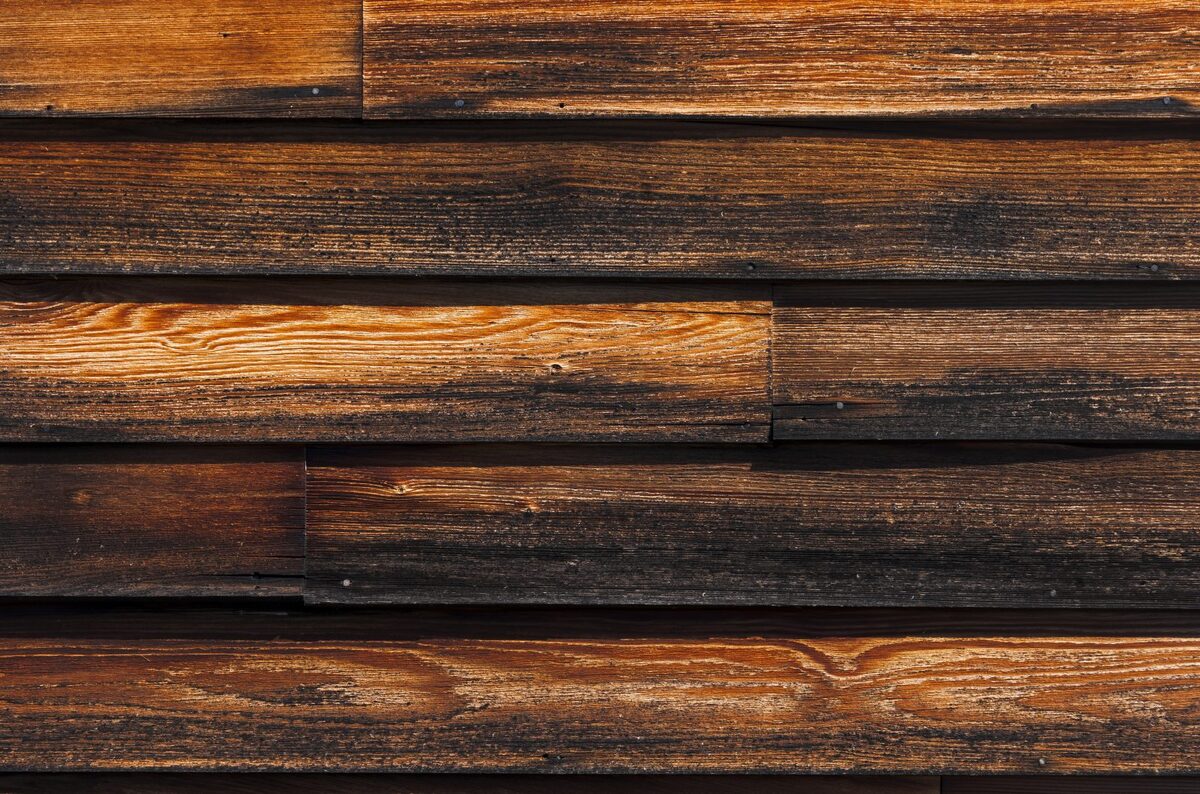
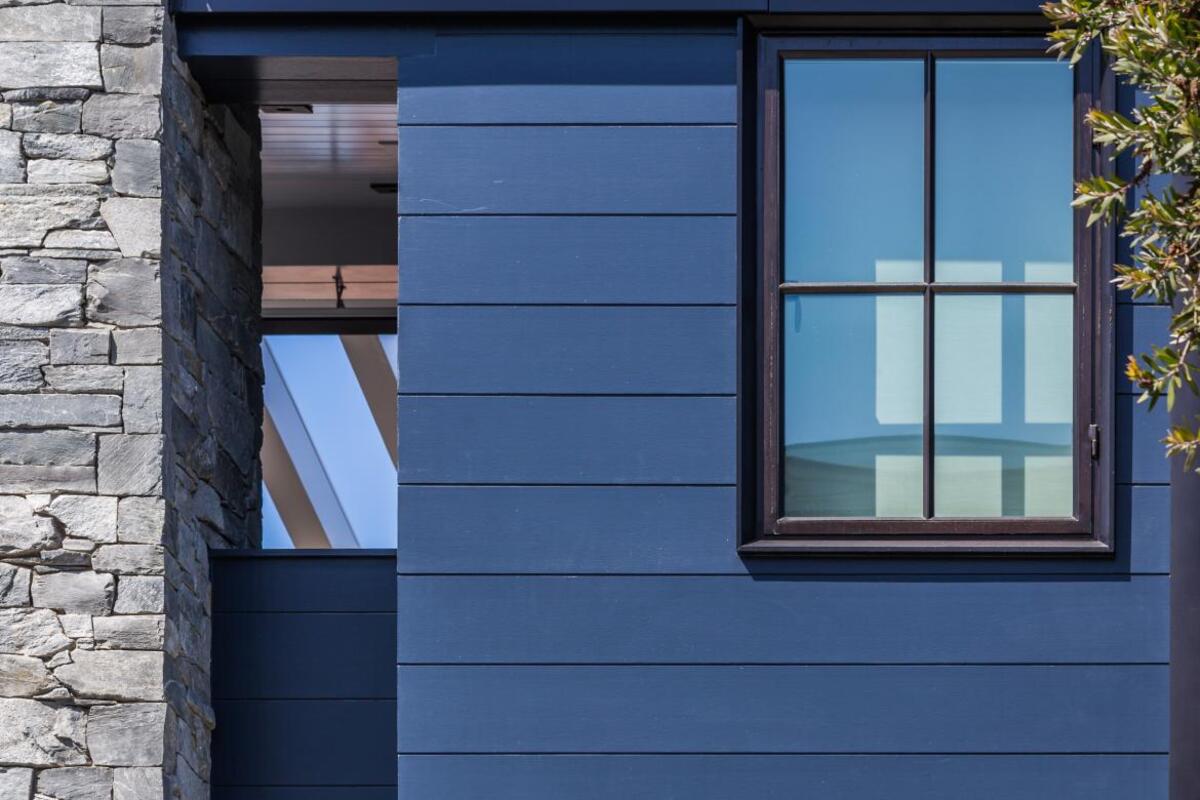
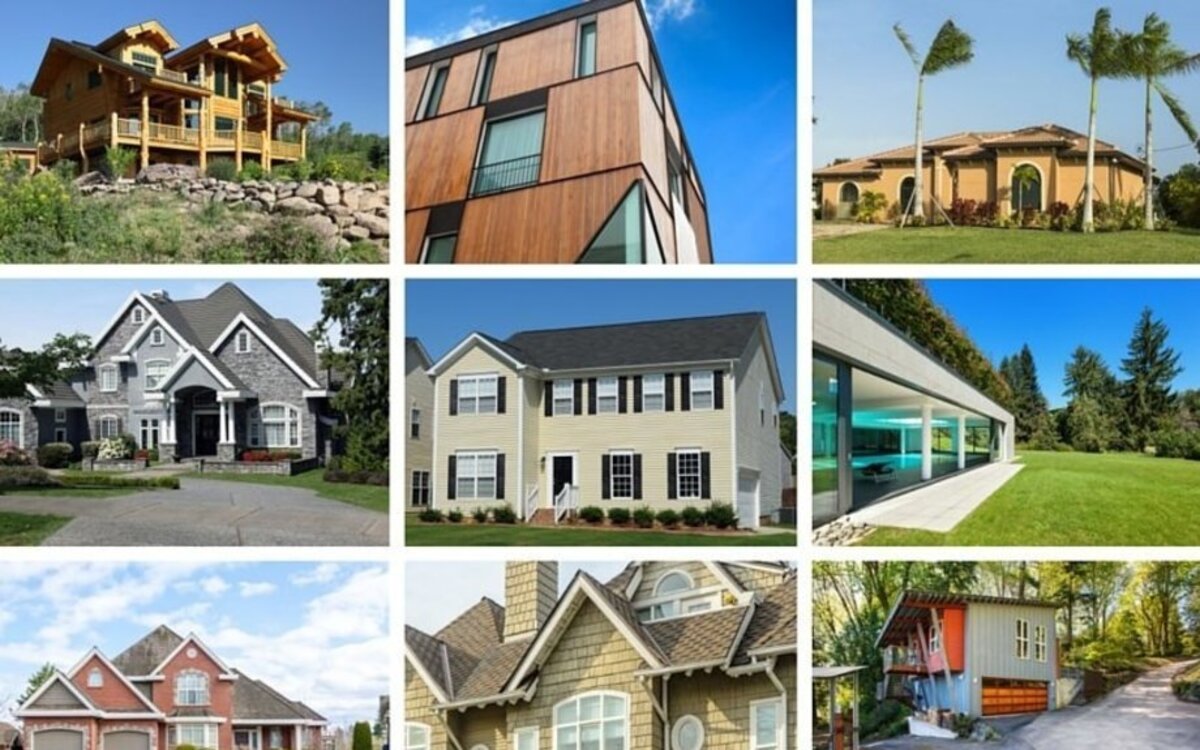

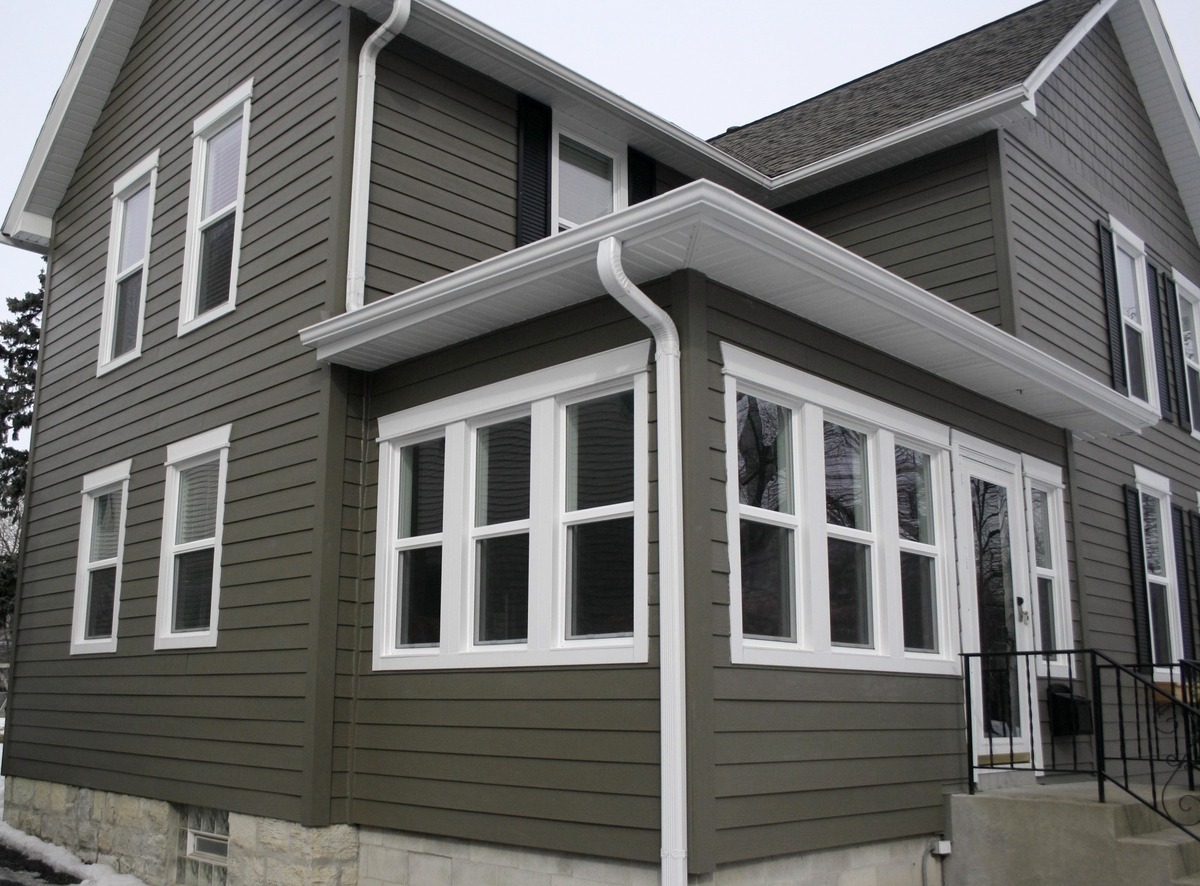
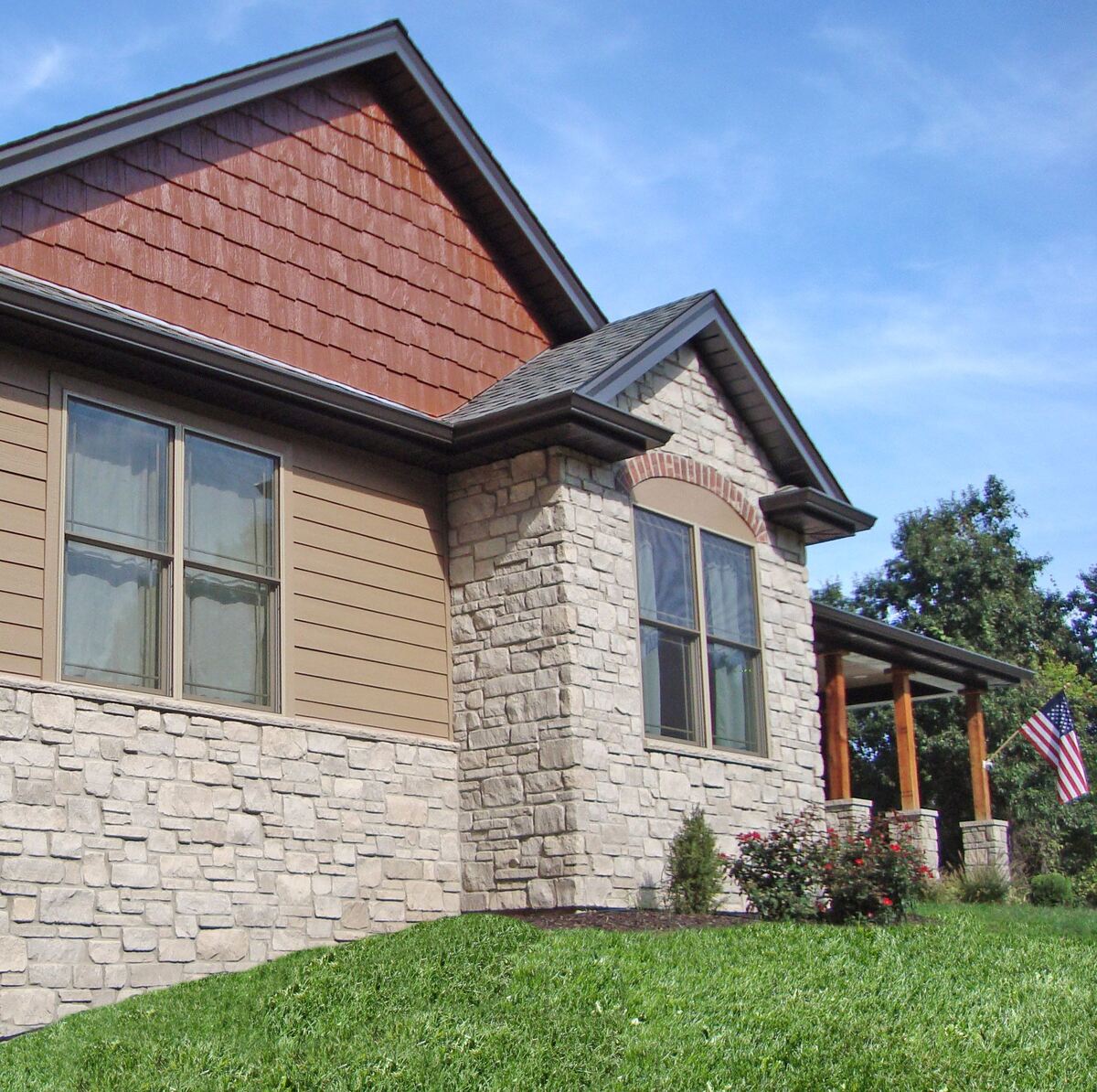
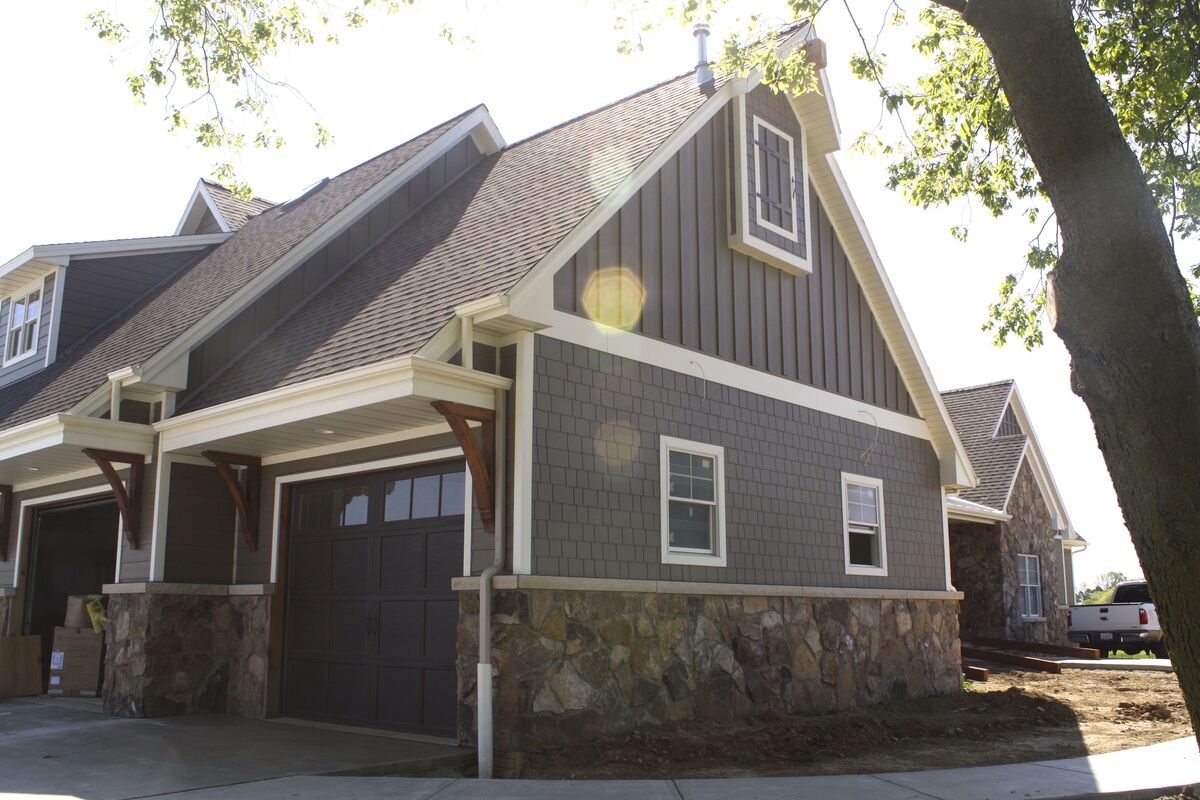
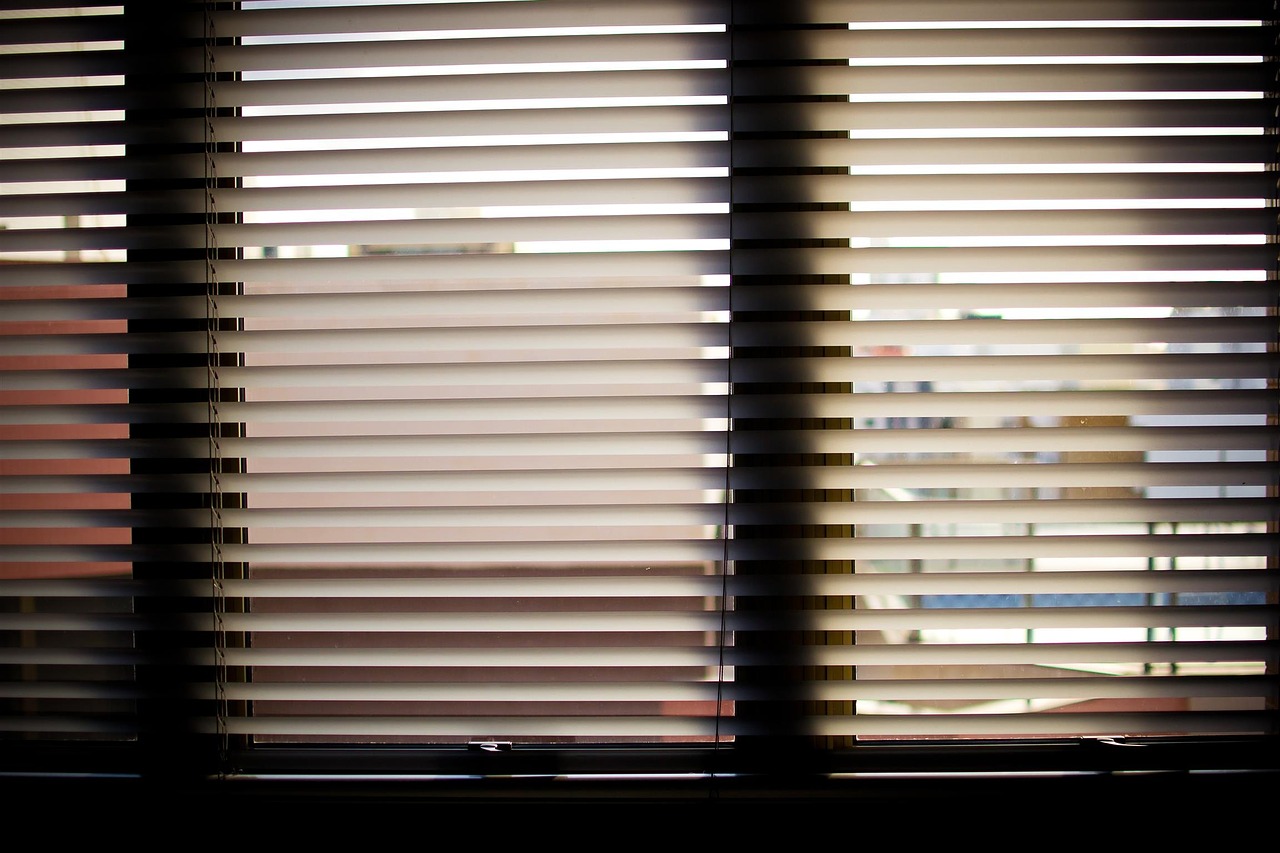
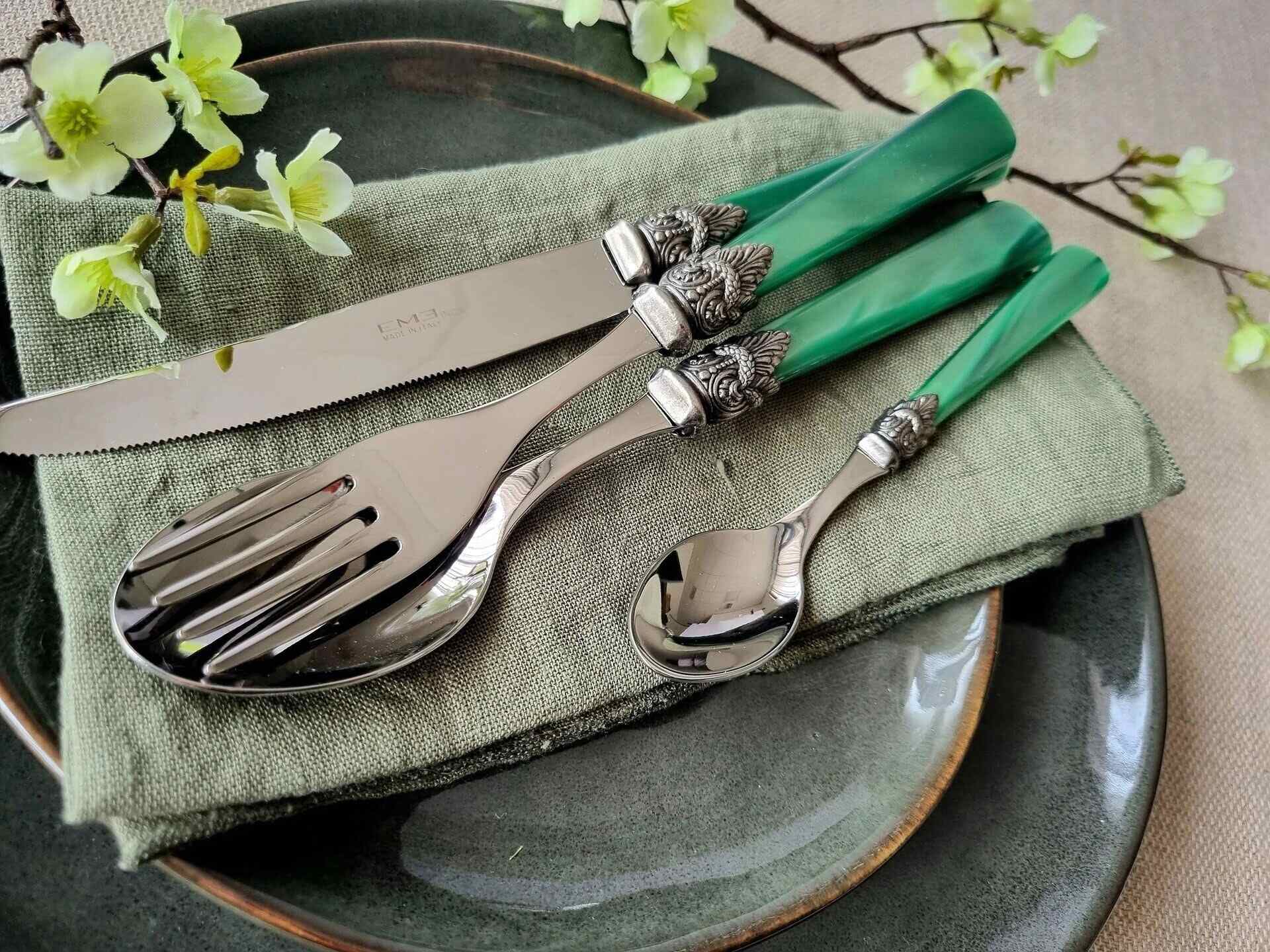
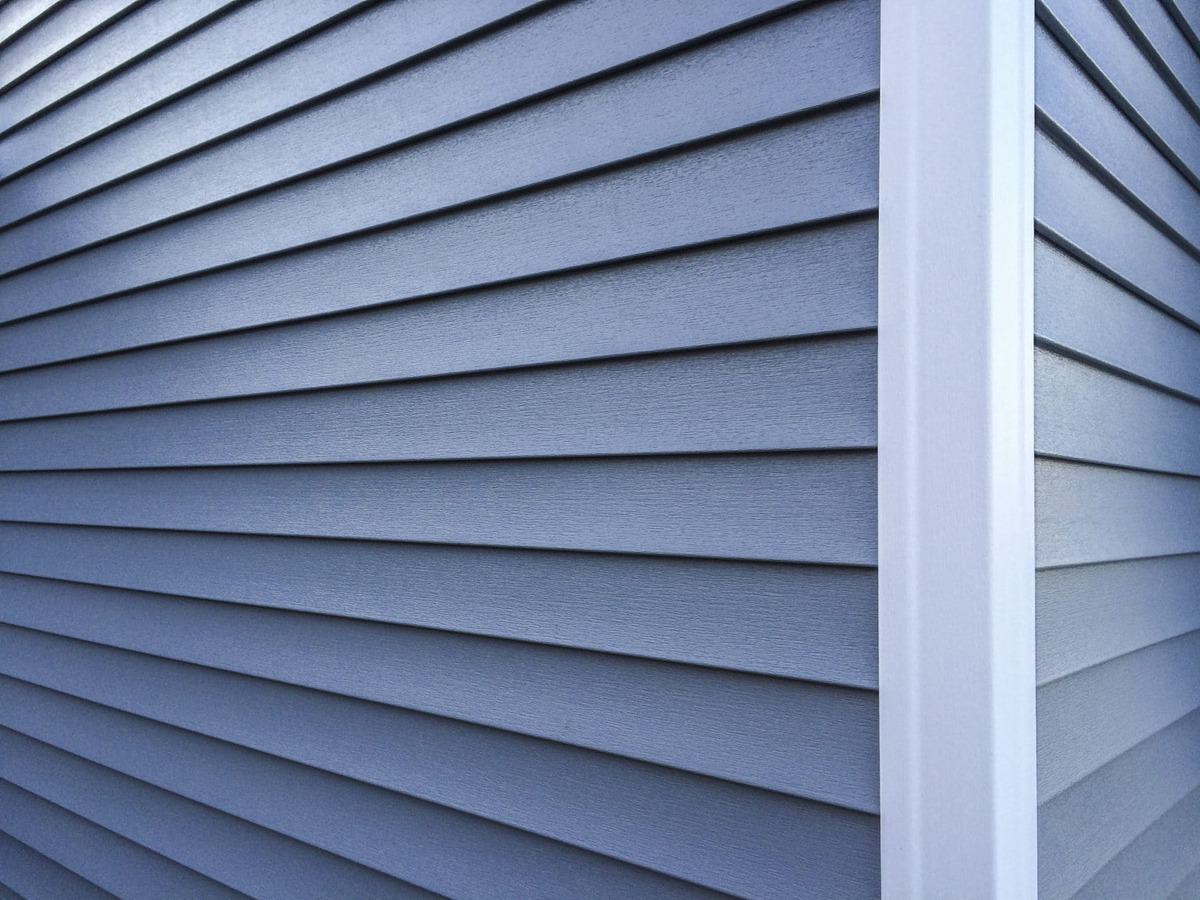
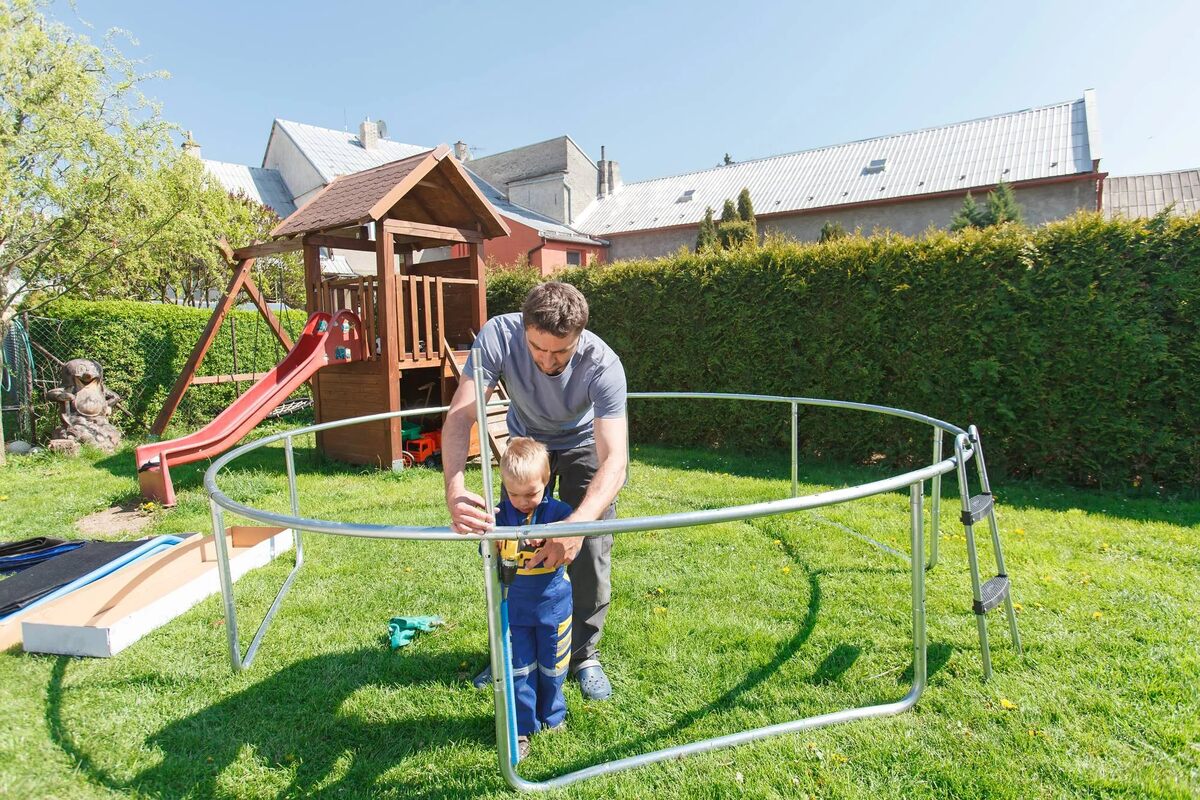
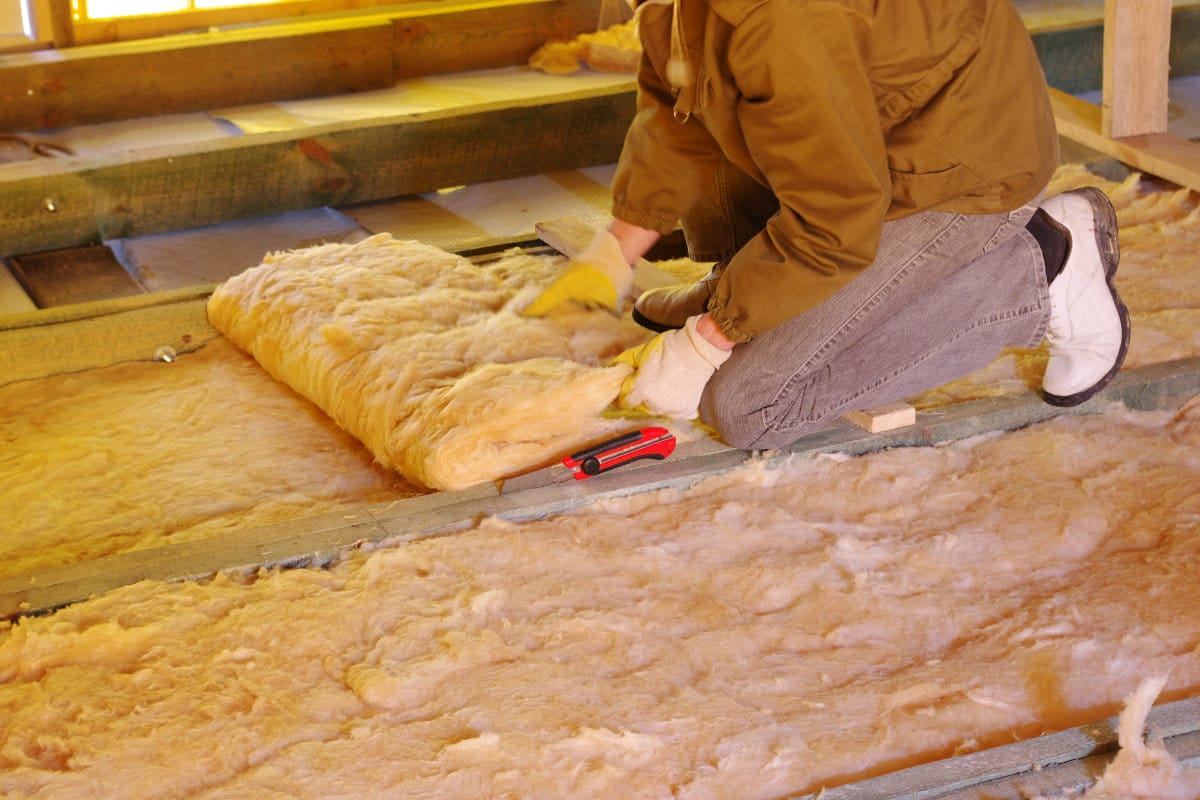
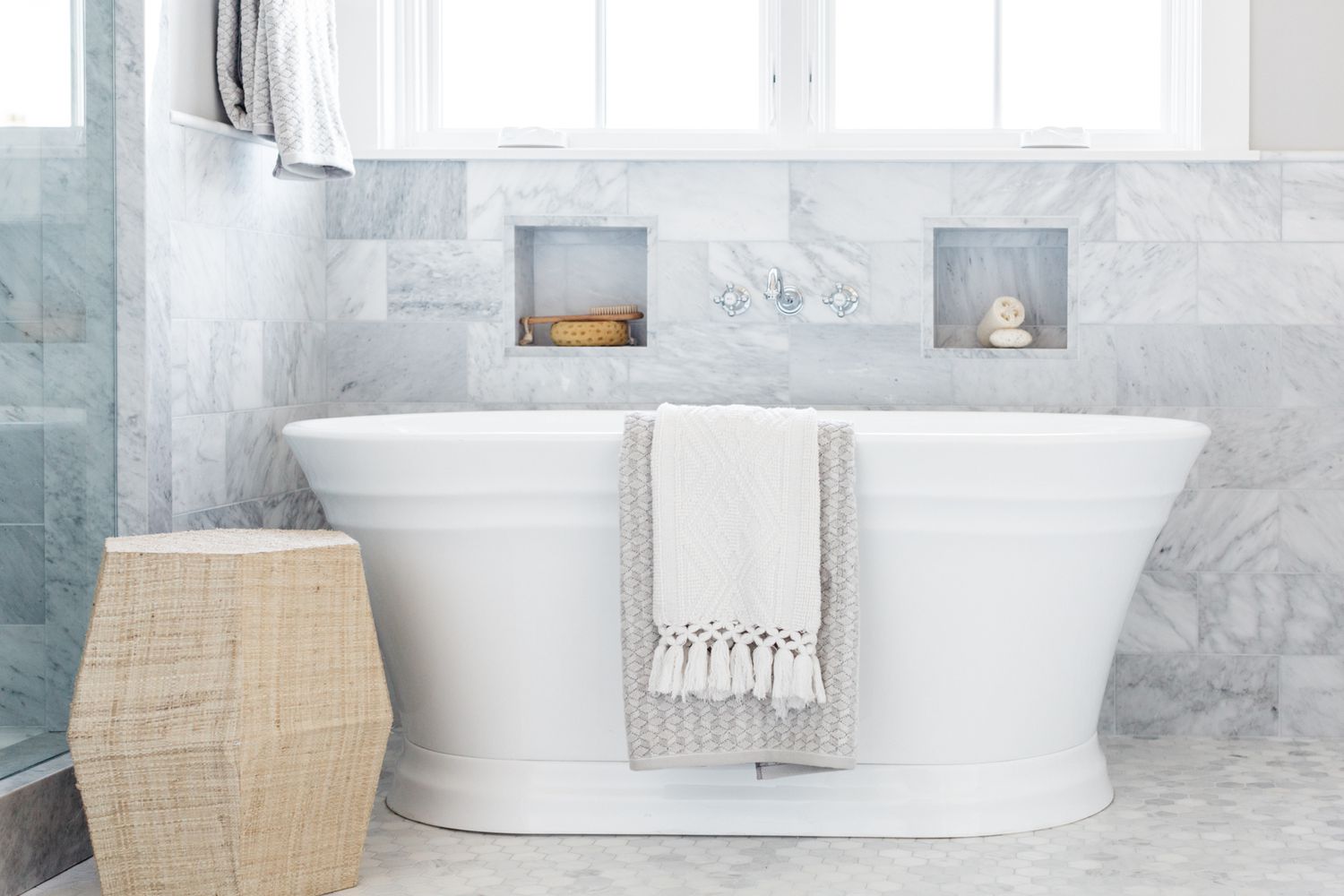

0 thoughts on “What Is Masonite Siding Made Of”